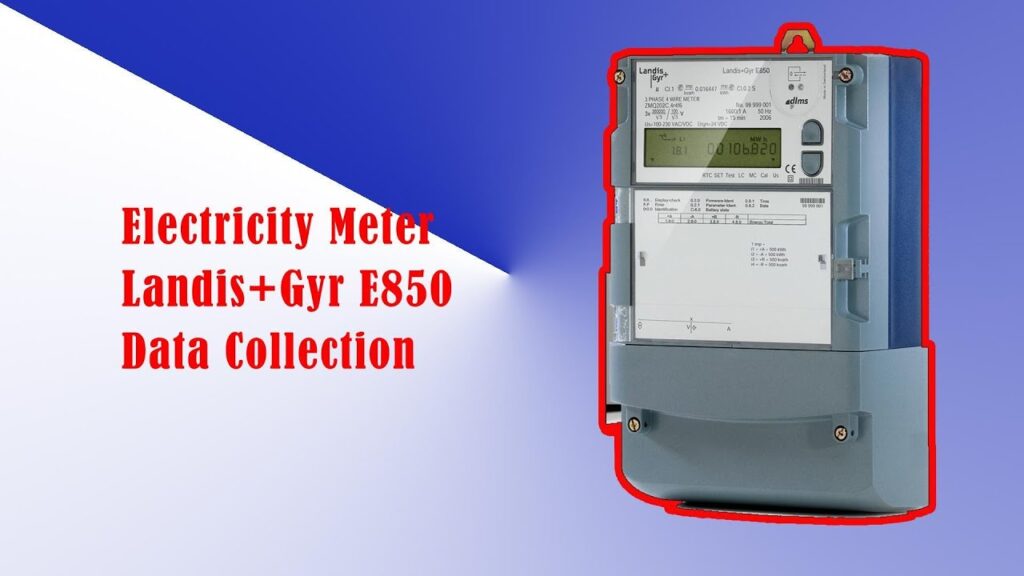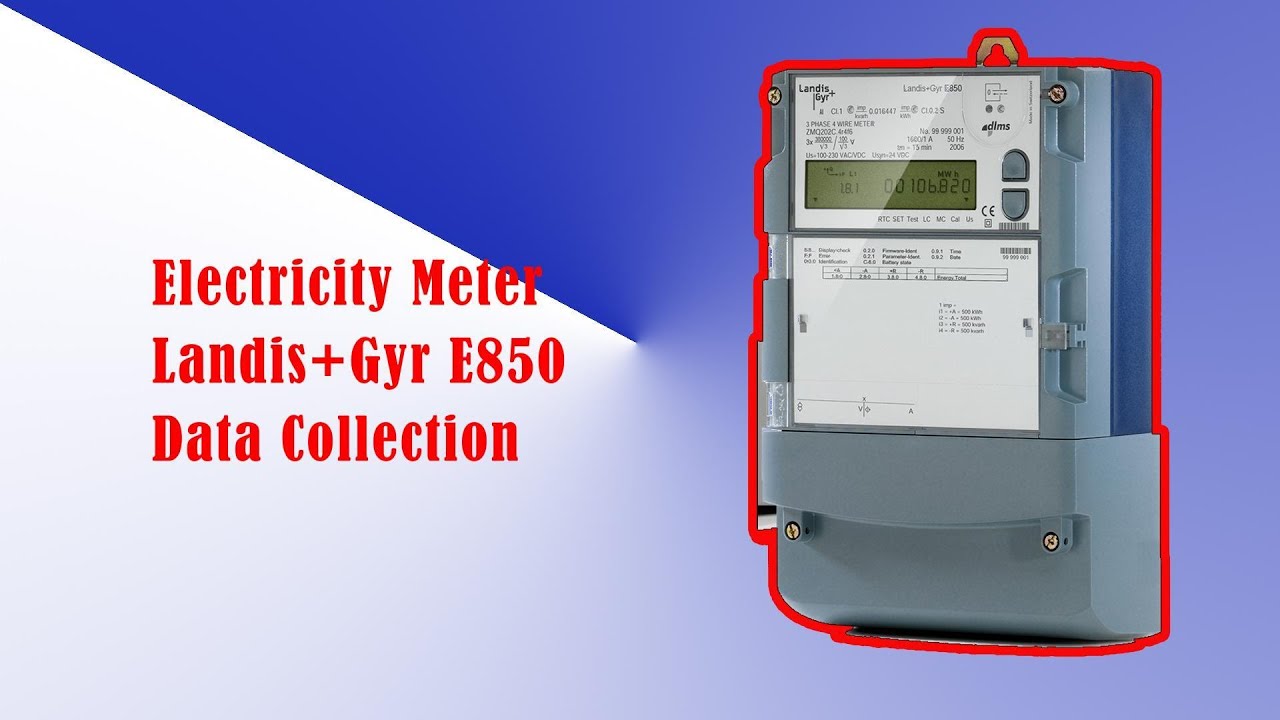
RAV4 Prime: Unpacking the kWh and Miles Per Charge – A Deep Dive
The Toyota RAV4 Prime has quickly become a darling of the plug-in hybrid electric vehicle (PHEV) market. Its blend of fuel efficiency, electric range, and practicality has made it a compelling choice for consumers looking to embrace electrification without the range anxiety associated with fully electric vehicles (EVs). But what exactly do the numbers mean when it comes to the RAV4 Prime? This article will delve into the critical specifications of the RAV4 Prime, specifically focusing on its kilowatt-hour (kWh) capacity and the miles per charge it offers. Understanding these figures is essential for prospective buyers and current owners alike, as they directly impact the vehicle’s performance, running costs, and overall driving experience. The RAV4 Prime represents a significant step forward in hybrid technology, and a closer look at its kWh and miles per charge capabilities reveals why it’s so popular. The RAV4 Prime is a game-changer.
Understanding Kilowatt-Hours (kWh)
At the heart of any electric or plug-in hybrid vehicle lies its battery pack. The capacity of this battery is typically measured in kilowatt-hours (kWh). Think of kWh as the fuel tank’s size in a gasoline car. The higher the kWh rating, the more energy the battery can store, and theoretically, the farther the vehicle can travel on electric power alone. In the case of the RAV4 Prime, the battery pack has a total capacity of 18.1 kWh. However, it’s important to note that not all of this capacity is usable. Automakers often reserve a portion of the battery’s capacity to extend its lifespan and ensure consistent performance over time. The usable kWh in the RAV4 Prime contributes significantly to its electric driving range.
Understanding kWh is crucial for several reasons. Firstly, it helps you gauge the vehicle’s potential electric range. Secondly, it informs your charging strategy. A larger battery pack takes longer to charge, while a smaller one charges more quickly. Finally, the kWh capacity also plays a role in the vehicle’s overall efficiency. The more efficiently the vehicle uses its stored energy, the farther it can travel on a single charge. The RAV4 Prime‘s kWh capacity is well-balanced, providing a decent electric range while minimizing charging times.
Miles Per Charge: What to Expect
The official all-electric range (AER) for the RAV4 Prime, as determined by the EPA, is 42 miles. This figure represents the distance the vehicle can travel solely on electric power under ideal conditions. It’s important to note that real-world mileage can vary depending on several factors, including driving style, terrain, weather conditions, and the use of climate control systems. For example, aggressive acceleration and high speeds will deplete the battery more quickly, reducing the range. Similarly, driving in cold weather can also decrease the AER due to the energy required to heat the cabin and the battery itself. The RAV4 Prime‘s miles per charge are highly relevant to its practicality.
Many RAV4 Prime owners report achieving close to the EPA-estimated 42 miles in ideal conditions. However, it’s not uncommon to see the range drop to 30-35 miles in more challenging driving scenarios. Despite these variations, the 42-mile AER is still impressive for a PHEV. It allows many drivers to complete their daily commutes and errands entirely on electric power, significantly reducing their reliance on gasoline. This capability is a major selling point for the RAV4 Prime and contributes to its overall fuel efficiency and environmental benefits. The electric range of the RAV4 Prime is a key feature.
Factors Influencing Miles Per Charge
Several factors can affect the actual miles per charge you experience with your RAV4 Prime. Understanding these factors can help you optimize your driving habits and maximize your electric range.
- Driving Style: Aggressive acceleration and high speeds consume more energy, reducing the miles per charge. Gentle acceleration and maintaining a consistent speed will help you achieve a greater range.
- Terrain: Driving uphill requires more energy than driving on flat terrain. Similarly, frequent stops and starts in city driving can decrease the range compared to highway driving.
- Weather Conditions: Extreme temperatures, both hot and cold, can affect the battery’s performance and reduce the miles per charge. Using the climate control system also draws power from the battery.
- Use of Accessories: Using features like heated seats, the audio system, and other electronic accessories will also impact the range, though generally to a lesser extent than driving style or weather.
By being mindful of these factors, you can significantly influence the miles per charge you get from your RAV4 Prime. Adjusting your driving habits and planning your routes can help you maximize your electric driving experience. The RAV4 Prime provides valuable feedback to help you monitor its efficiency.
Charging the RAV4 Prime: A Practical Guide
Charging your RAV4 Prime is straightforward, but understanding the different charging options is essential to optimize your experience. The RAV4 Prime comes equipped with a standard Level 1 charger, which plugs into a regular 120-volt outlet. This method provides the slowest charging rate, typically taking around 12 hours to fully charge the battery from empty. This method is suitable for overnight charging at home.
For faster charging, consider installing a Level 2 charger. Level 2 chargers use a 240-volt outlet, similar to those used for electric dryers and ovens. With a Level 2 charger, the RAV4 Prime can fully charge its battery in approximately 2.5 hours. This is a significant improvement over Level 1 charging and makes it much more practical to recharge the vehicle overnight or during the day. Many homeowners opt for a Level 2 charger for its convenience. Public charging stations also often offer Level 2 charging.
While the RAV4 Prime does not support DC fast charging, the Level 2 charging capability provides a good balance between charging speed and cost. The efficient battery management system of the RAV4 Prime ensures safe and reliable charging with both Level 1 and Level 2 chargers. Understanding the charging options is vital for the RAV4 Prime owner. The RAV4 Prime is easy to charge.
Comparing the RAV4 Prime to Competitors
When evaluating the RAV4 Prime, it’s beneficial to compare its specifications to those of its competitors in the PHEV segment. Several other vehicles offer a similar combination of electric range, fuel efficiency, and practicality. Comparing the RAV4 Prime‘s kWh and miles per charge to other PHEVs provides valuable perspective. [See also: PHEV Comparison Guide]
One key competitor is the Hyundai Tucson Plug-in Hybrid. The Tucson PHEV offers a slightly larger battery pack and a similar electric range to the RAV4 Prime. Another competitor is the Kia Sportage Plug-in Hybrid, which shares similar specifications with the Tucson PHEV. While these vehicles offer competitive features, the RAV4 Prime often stands out for its overall value, reliability, and the Toyota brand reputation.
When comparing the kWh capacity and miles per charge, consider the overall driving experience, the availability of charging infrastructure in your area, and your personal driving needs. The RAV4 Prime‘s combination of features makes it a compelling choice in the PHEV market. The RAV4 Prime offers excellent value.
Maximizing Your RAV4 Prime Experience
To get the most out of your RAV4 Prime, consider these tips:
- Charge Regularly: Keep your battery topped up by charging it whenever possible, even if you don’t need a full charge. This helps maximize your electric range and reduces your reliance on gasoline.
- Monitor Your Driving Habits: Pay attention to your driving style and how it affects your range. Adjust your driving habits to maximize efficiency.
- Plan Your Routes: When possible, plan your routes to take advantage of regenerative braking, which can help recover energy and extend your range.
- Utilize Pre-Conditioning: Use the pre-conditioning feature to heat or cool the cabin while the vehicle is still plugged in, which can help conserve battery power and improve comfort.
- Explore Charging Options: Research public charging stations in your area and identify convenient locations for charging while you’re out and about.
By incorporating these tips into your routine, you can fully leverage the benefits of owning a RAV4 Prime and enjoy a more sustainable and cost-effective driving experience. The RAV4 Prime is a great car.
Conclusion
The Toyota RAV4 Prime is a remarkable vehicle, offering a compelling blend of electric range, fuel efficiency, and practicality. Understanding its kWh capacity and the miles per charge it provides is crucial for making an informed decision about whether it’s the right vehicle for you. The 18.1 kWh battery pack and 42-mile AER provide a significant electric driving capability, allowing drivers to reduce their reliance on gasoline and embrace a more sustainable driving experience. By considering the factors that influence range, such as driving style, terrain, and weather, and by utilizing the various charging options available, owners can maximize the benefits of their RAV4 Prime. The RAV4 Prime represents a significant step towards a greener future in the automotive industry.
[See also: Toyota RAV4 Prime: Maintenance Guide]
[See also: Is the RAV4 Prime Right for You?]
[See also: Best PHEVs of the Year]


